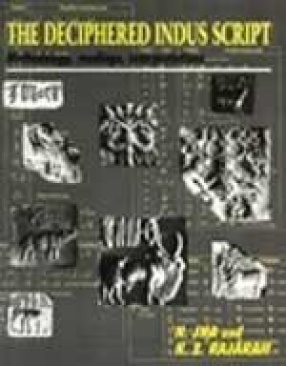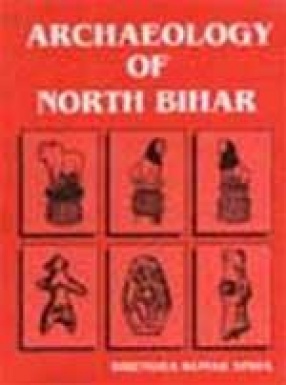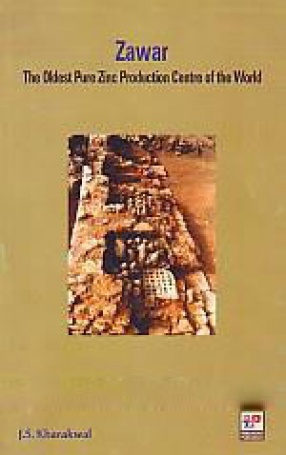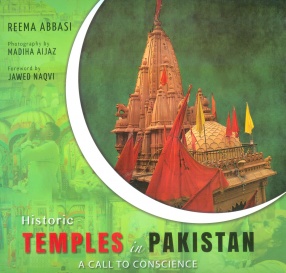The Indus Valley Civilization, known also as the Harappan, is one of the most important civilizations of antiquity. Ever since its discovery by Indian and British archaeologists beginning in 1921, this civilization has been extensively studied by archaeologists, historians, anthropologists and of course, Indologists. Of particular interest are several thousand seals found at these sites containing both writing and images on them. These have been objects of intensive study for over seventy years. In spite of this, the script has remained undeciphered, and the writing unread. This is a major gap in our knowledge of the past though there is no shortage of theories that purport to explain the civilization. The deadlock has been created by the theory of an Aryan invasion of India in the early second millenium BC: the achievements of the Harappan Civilization have been attributed to a people called Proto Dravidians who never existed, speaking a language that also never existed. The writings that they left behind have been sought to be read by imposing this non-existent language on these imaginary people inhabiting this very real civilization. In the process, the immense body of literature left behind by the ancient Indians is sought to be totally divorced from the writings. The present volume is devoted to the study of the Indus script and its decipherment. It offers a methodology for reading the Indus script by combining paleography with ancient literary accounts and Vedic grammar. These illustrate the methodology and also help shed new light on the Harappans and their connections with the Vedic Civilization. The language of the seals is Vedic Sanskrit, with a significant number of them containing words and phrases traceable to the ancient Vedic glossary Nighantu, compiled from still earlier sources by Yaska. The language is less archaic than that of the Rigveda, and corresponds closely to that of the later Vedic works like the Sutras and the Upanishads. The scope of the work is somewhat broader than what the title may suggest, and extends to placing the Harappans in their proper historical context. The Harappans, who until now had remained a silent enigma, speak to us again, and speak to us in a language and idiom that we can all comprehend–the Vedic. The converse is also true: we now have an archaeological and geographic context for the Vedic Aryans. The Harappans belong to the later Vedic age. The implications of these findings go beyond the borders of India–leading to a possible change in our viewpoint on the origin of civilization itself. Since Dholavira, according to Bisht, has shown planned cities dating to the fourth millennium, the Vedic Civilization of the Sarasvati heartland must go back at least to the fifth. Thus, the idea of the birth of civilization in the river valleys of Mesopotamia is no longer tenable. The cradle of civilization–assuming there was such a thing–can now be claimed for the Sarasvati Valley.
The Deciphered Indus Script
In stock
Free & Quick Delivery Worldwide
reviews
Bibliographic information
Title
The Deciphered Indus Script
Author
Edition
1st ed.
Publisher
ISBN
8177420151
Length
xxviii+269p., Illus; Index; 29cm.
Subjects





There are no reviews yet.